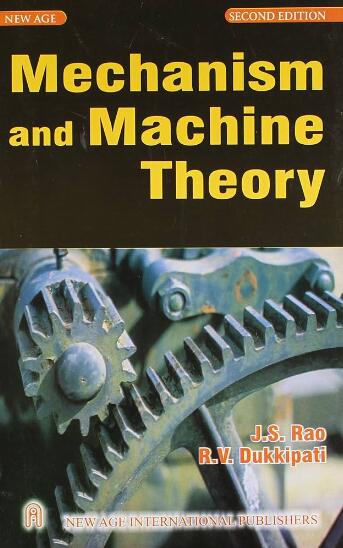通过沿折痕耦合粗大的三浦ori 管实现坚固的可展开结构
IF 4.5
1区 工程技术
Q1 ENGINEERING, MECHANICAL
引用次数: 0
摘要
折纸结构对于通过可编程折叠变形实现可部署机制和独特机械特性至关重要。在以折纸为基础的结构中,通过折纸管的耦合形成的棋盘格结构可增强几何变化和机械性能。然而,现有的折纸管耦合厚度一般仅限于流形,即每个边最多由两个面共享的多面体。相比之下,本研究提出的基于折纸的结构由多个厚厚的三浦织管组成,这些三浦织管不局限于流形,可能有两个以上的面共享边缘,从而形成可刚性折叠的厚折纸蜂窝结构。此外,耦合方法还有助于提高耦合三浦ori 管的刚度,这一点可以从单个 DOF 模式与通过条形铰链模型获得的弹性模式之间的特征值差距很大得到证明。最后,我们制作了米级耦合三浦ori 管,以证明其具有一维运动和高刚度。这项研究的结果使我们能够通过一维运动快速建造结构,并通过平面可折叠性提高可运输性。本文章由计算机程序翻译,如有差异,请以英文原文为准。
Stiff deployable structures via coupling of thick Miura-ori tubes along creases
Origami-based structures are crucial to attaining deployable mechanisms and unique mechanical properties via programmable deformation by folding. Among origami-based structures, tessellation by the coupling of origami tubes enhances the geometrical variations and mechanical properties. However, existing thickness accommodation for coupling of origami tubes is generally limited to manifold, that is, a polyhedral surface in which each edge is shared by at most two faces. By contrast, this study proposed origami-based structures composed of multiple thick Miura-ori tubes that are not limited to the manifold, possibly having edges shared by more than two faces, resulting in rigid-foldable thick origami cellular structures. Furthermore, the coupling method contributes to the high stiffness of the coupled Miura-ori tubes, as evidenced by the wide gap in the eigenvalues between the one-DOF mode and the elastic modes obtained by the bar-and-hinge models. Finally, meter-scale coupled Miura-ori tubes were fabricated to demonstrate one-DOF motion and high stiffness. The findings of this study enable the rapid construction of structures by one-DOF motion and the enhancement of transportability via flat-foldability.
求助全文
通过发布文献求助,成功后即可免费获取论文全文。
去求助
来源期刊

Mechanism and Machine Theory
工程技术-工程:机械
CiteScore
9.90
自引率
23.10%
发文量
450
审稿时长
20 days
期刊介绍:
Mechanism and Machine Theory provides a medium of communication between engineers and scientists engaged in research and development within the fields of knowledge embraced by IFToMM, the International Federation for the Promotion of Mechanism and Machine Science, therefore affiliated with IFToMM as its official research journal.
The main topics are:
Design Theory and Methodology;
Haptics and Human-Machine-Interfaces;
Robotics, Mechatronics and Micro-Machines;
Mechanisms, Mechanical Transmissions and Machines;
Kinematics, Dynamics, and Control of Mechanical Systems;
Applications to Bioengineering and Molecular Chemistry
 求助内容:
求助内容: 应助结果提醒方式:
应助结果提醒方式:


